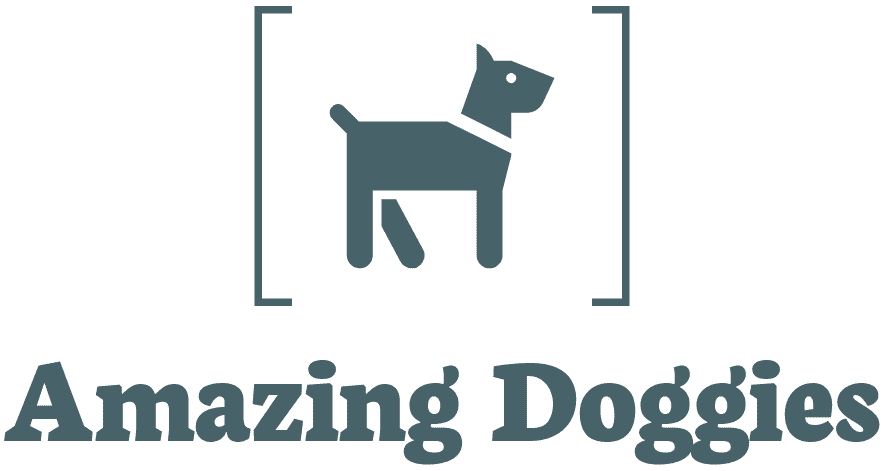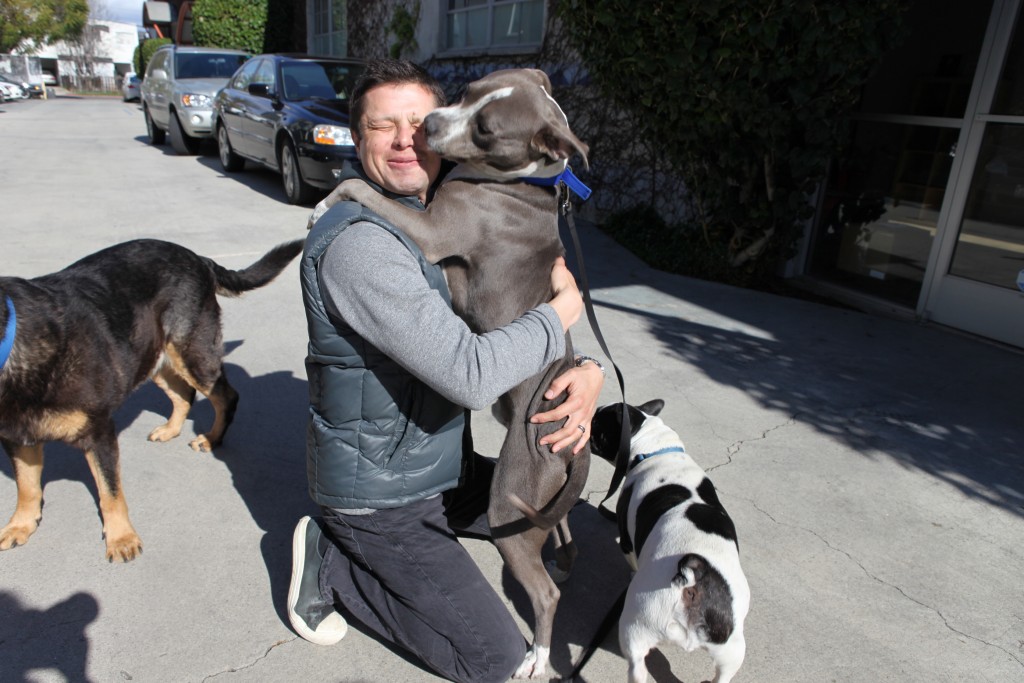
If you’re the type to say, “How hard is it to take care of a dog? Give it food and water, pat it every now and then, take it out for walks,” chances are great that you either are a new dog owner or you don’t own a dog at all. If you’re a long-time dog owner with that attitude, then you must know that your dog has been suffering from your bad dog owner habits for long now. Over time, whether consciously or inadvertently, some dog owners have developed habits that can be bad and destructive for their pets. There are some ways we take care of our dog that we do not realize are actually not good for them. It’s time to change that. This 2016, make it your resolution to be better dog owners – nix these 10 harmful dog owner habits.
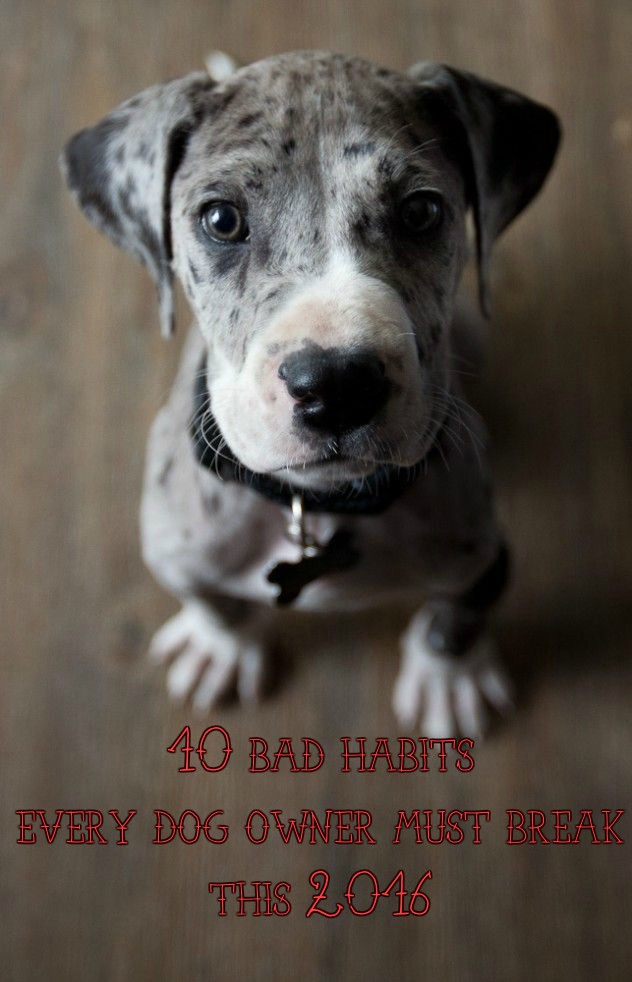
1. Feeding your dog too much too often
What dog owner doesn’t enjoy seeing his dog indulge in some yummy doggie treats? Probably none. It is easy to equate feeding with love, but that is not always the case. Feeding your dog too much too often can lead to serious health problems such as obesity, diabetes, shortness of breath, and musculoskeletar problems. If you truly want your dog to feel loved, spare it from these health issues.

Make sure that you feed your dog a balanced diet and that you observe feeding intervals. The dietary requirements of a dog depend on breed, size, age, and daily activity. It’s okay to hand out doggie treats once in a while as long as you do not go over the limit. When in doubt, remember that it’s best to do your research and/or consult a veterinarian.
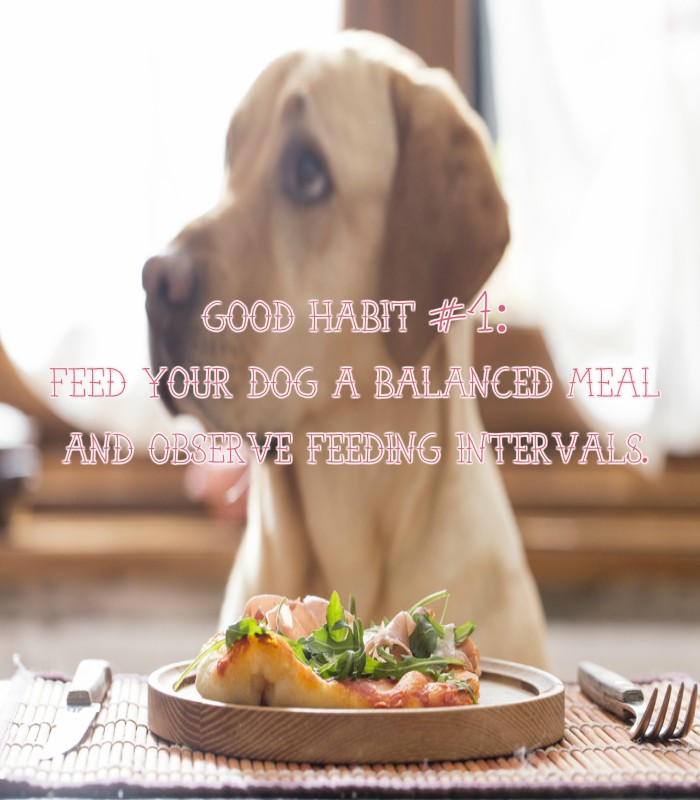
2. Not giving your dog enough exercise
Physical activity is as important to dogs as it is to humans. Humans pass up exercise for different reasons and excuses. In the case of dogs, they do not get enough exercise as they need because of lack of opportunity. Logically, canines won’t think to themselves, “I’m getting fat, I have to start working out.” To get dogs to work out, human assistance, leadership rather, is necessary.

Dogs need an average of 30 minutes of physical activity daily although it is best to tailor a regimen that perfectly fits your dog’s size, age, and breed. Exercise is important to your dog’s health, especially its heart. It also contributes to its habits and mood. When a dog doesn’t get enough work out, it expends its energy through other means such as chewing on household stuff. Lack of exercise can also lead to impatience and bad temper. Make it your 2016 resolution to engage your dog in regular physical activity – this will help you stay in shape, too.

3. Skipping Obedience Training
A canine’s behavior is based on its primal instincts. Unless it has been trained, its actions are based on its wants and needs, much like animals in the wild. For a dog to successfully cohabit with your family, it has to be properly trained. It is best to hire the services of a professional, especially if you want it to develop high-level skills, but if your budget does not allow, the Internet is a treasure trove of valuable resources.
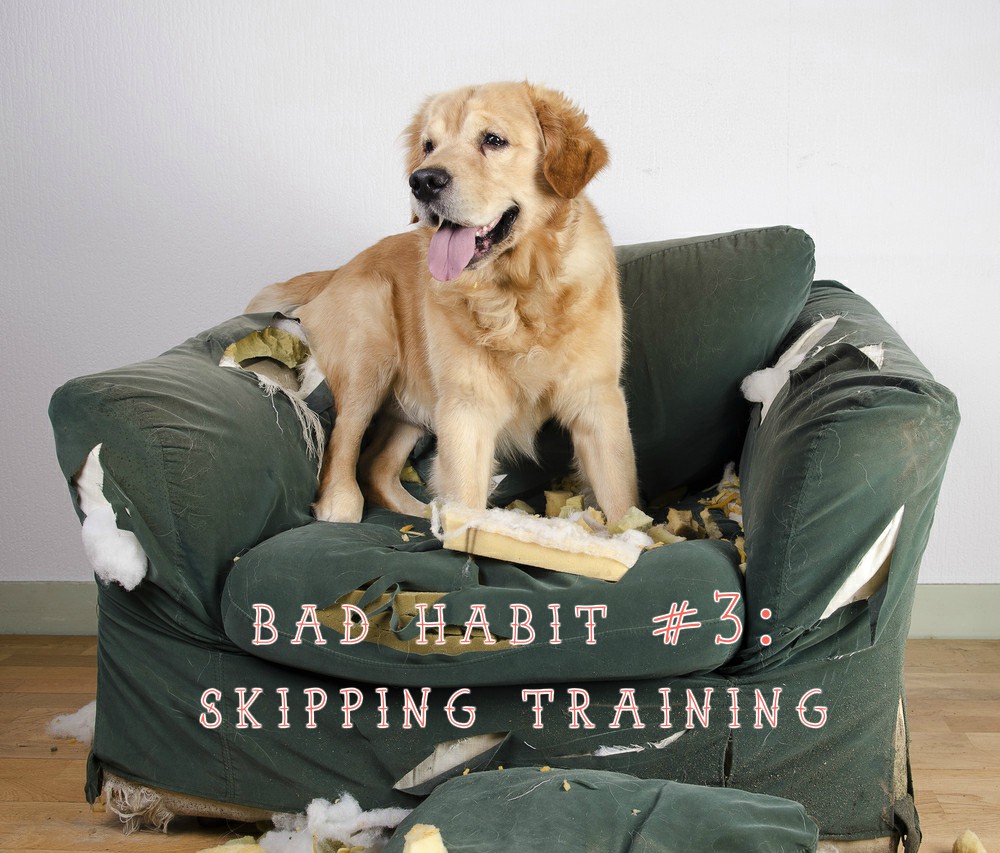
The ideal time to train a dog is when it is 8 to 12 weeks old as it is during this time that its ability to absorb information is at its peak. Prior to this, it can already be taught simple things such as to sit and to stay. To skip training is to allow your pet to develop bad habits which may be destructive not only to itself but to your family as well.
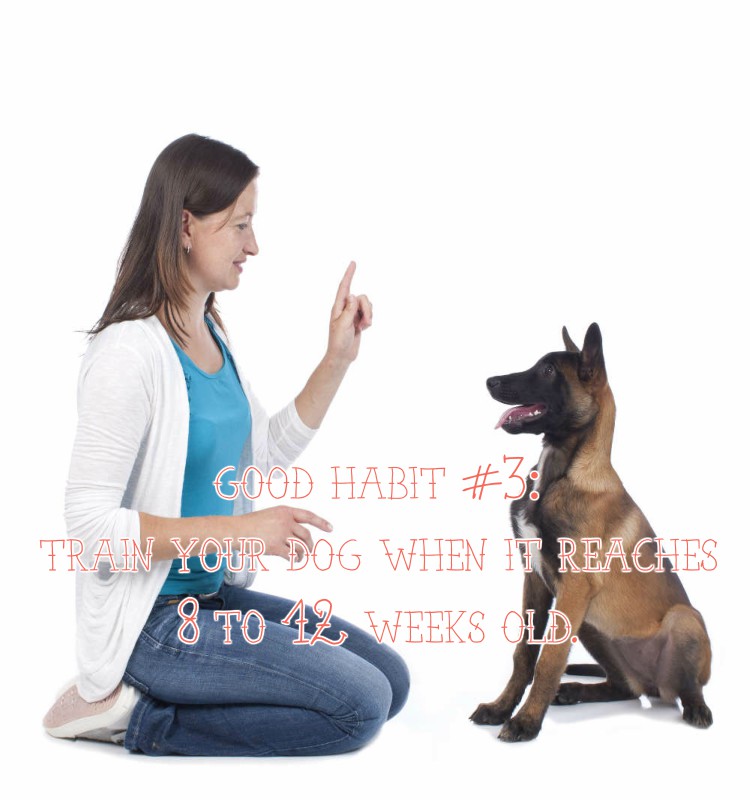
4. Inconsistent/Unrealistic Training
Inconsistent and/or unrealistic training is just as bad as skipping training. When trying to get your dog to develop a skill or a habit, it is important to not stop at it until the skill or habit has been mastered. Otherwise, it will get confused about whether to pick up the habit or rely on its instinct. It is also vital that everyone in your household knows what habits you are trying to teach your dog and how training must be executed.
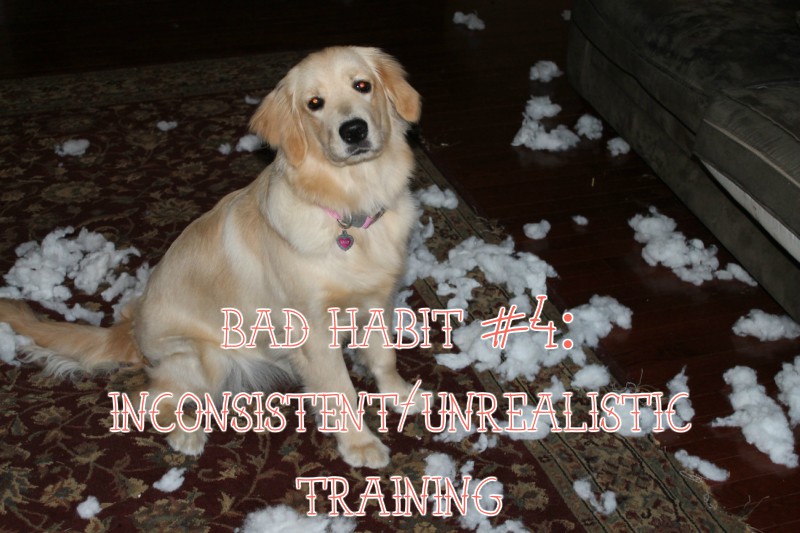
Equally essential is setting realistic training goals for your pet. These goals can be mapped out according to its age, breed, and individual learning capacity. Most dogs can be trained to sit and to stay as early as a couple of weeks of age but you cannot teach it to fetch your slippers just yet. A dog’s breed is also an important factor in determining its learning capacity and setting your training goals. Simply put, some dog breeds are smarter than others.
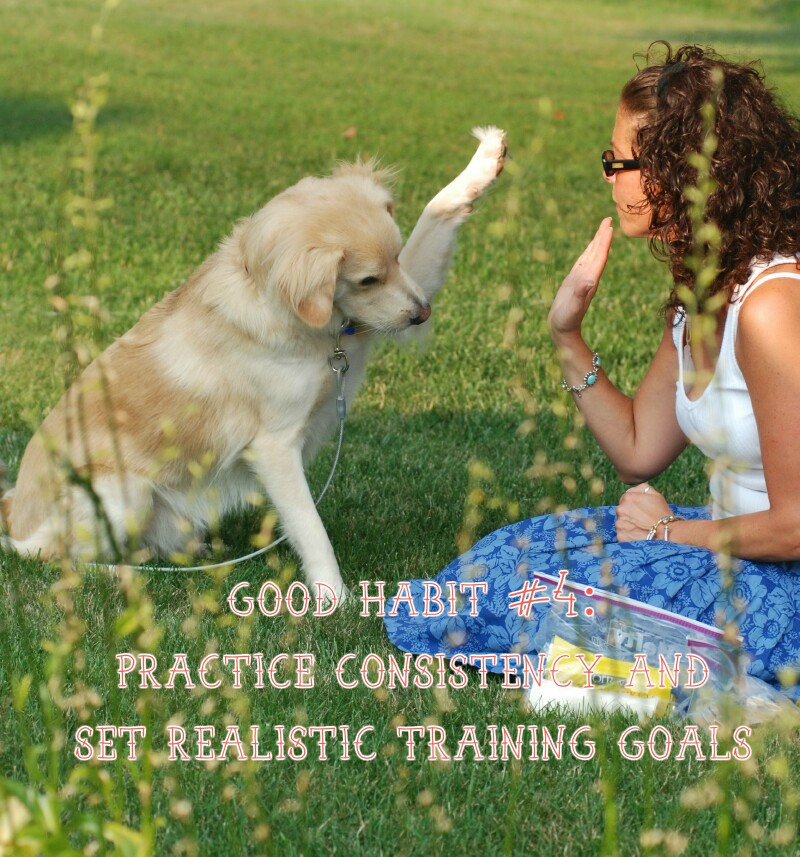
5. Using punishment system
It is futile to implement a system of punishment when training your dog. It may also cause the pet to feel unloved and/or worse, trigger its instincts of violence and aggression. Using the punishment system is an outdated mode of training dogs and when it crosses the line to physical punishment, it becomes a case of animal cruelty.
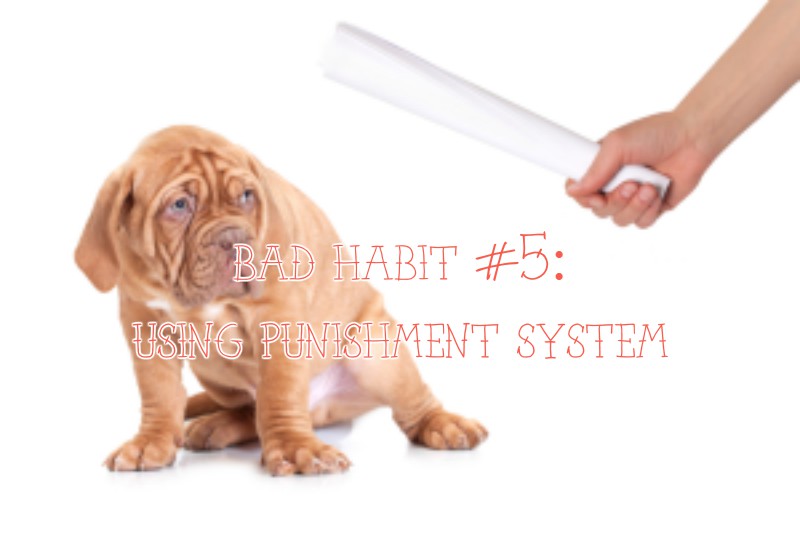
Dog experts claim that the best way to reinforce behavior is through positive reinforcement. Not only does this encourage good behavior from your dog, it has also been proven that dogs learn faster when there’s positive reinforcement rather than negative reinforcement. Instead of punishing your dog for a bad behavior or for failing to pick up new learning, reward it with treats, love, and affection for showing good behavior.
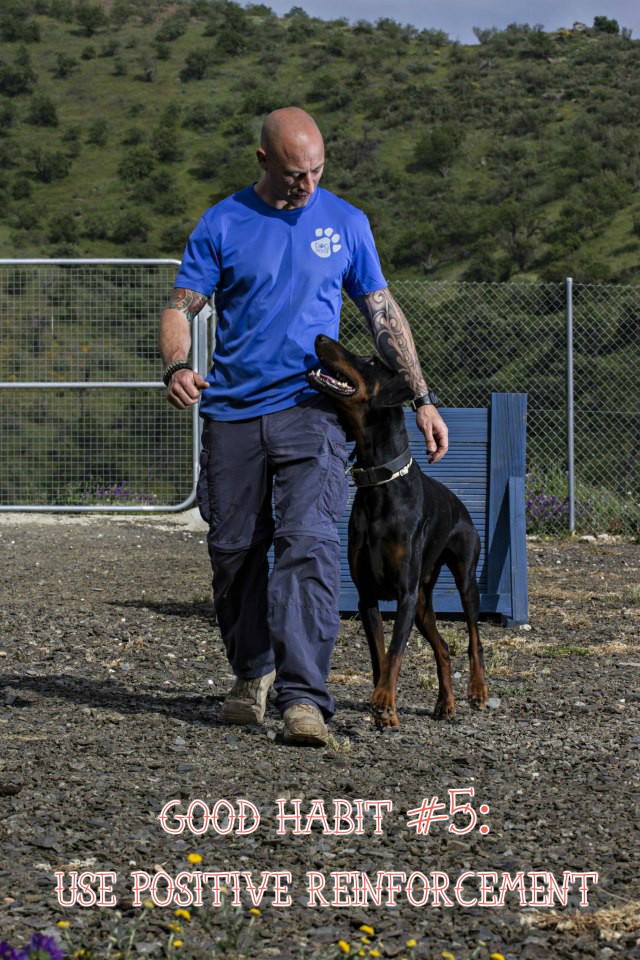
6. Giving treats excessively
While positive reinforcement is the reinforcement of choice when training dogs, you must understand that giving treats excessively is counterproductive. When you give treats too much too often, the dog will see it as a payment instead of a reward. Eventually, it will begin to think that every good behavior must be paid with a treat and once you fail to hand out a treat, it discourages the dog to continue doing good.
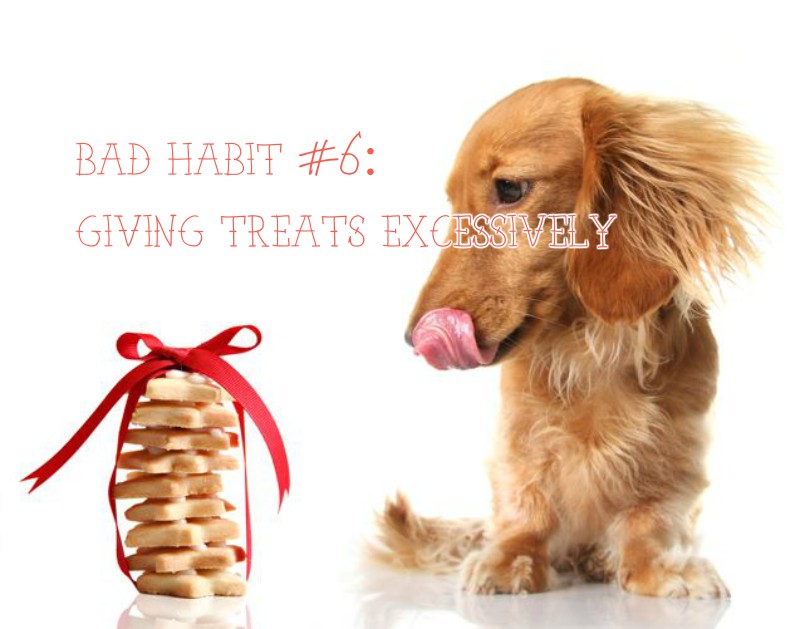
Learn to limit yourself when handing out doggie treats. Create a system. You can give your dog treats a few times a week or, when training your dog, you can reward it with treats in certain intervals that it gets the trick/behavior right. This way, it will keep hoping to receive a treat until it finally just develops the desired habit or behavior. Understand that positive reinforcement doesn’t always have to be in the form of treats. Oftentimes, a good belly rub does the job.
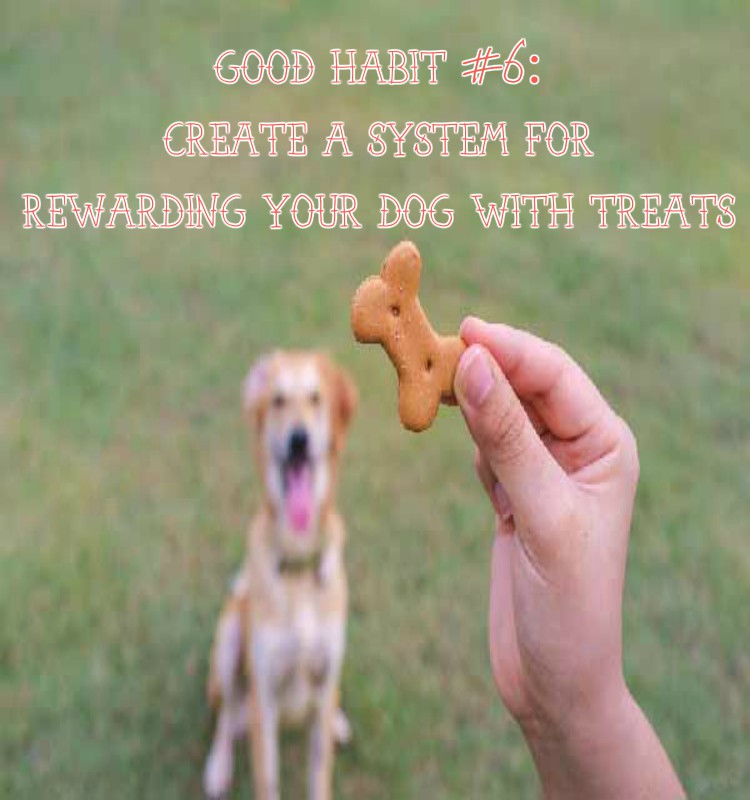
7. Isolating your dog
Dogs are naturally sociable, and in majority of cases, enjoy the company of other dogs and even humans. They have so much love to give so don’t let it just go to waste. Canines must be introduced to humans and other animals at a young age so that they can easily adapt to the dynamics of socialization. Once a puppy reaches 3 weeks old, it can already be trained to socialize.
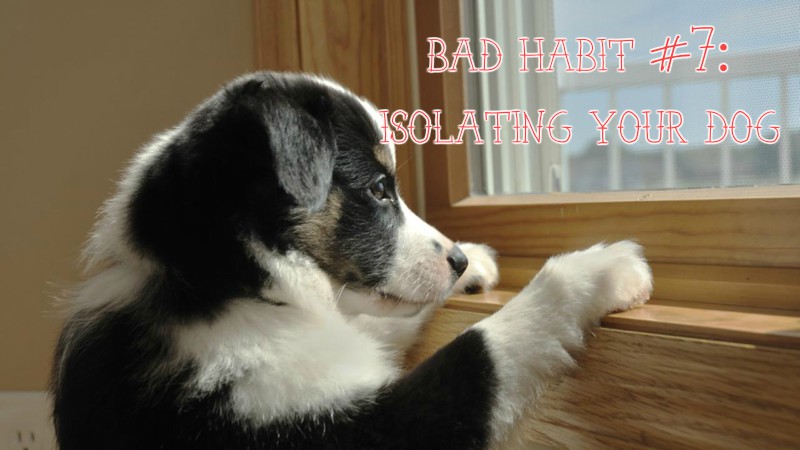
It is important to train your dog to socialize before it reaches 12 weeks old or else, it would already be too difficult. There is plenty of harm when dogs are isolated. They either get too excited when they meet other creatures, or too aggressive that they attack. Training your dog to socialize with humans and other pets protects them from being a threat to your family and the community.
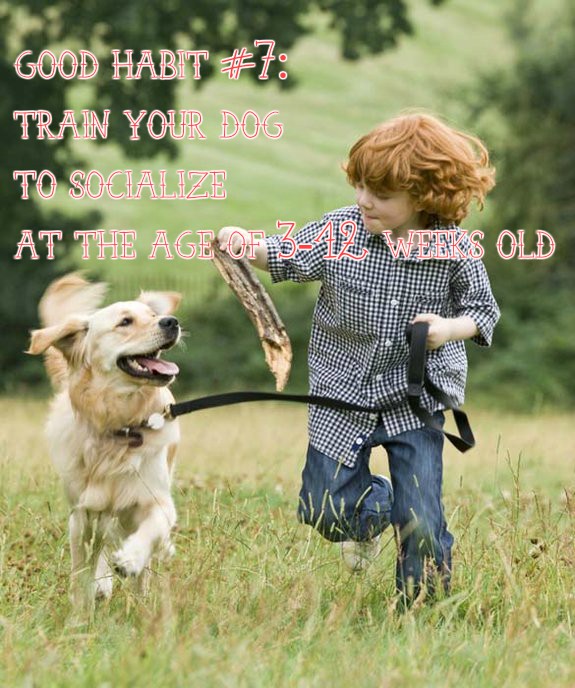
8. Neglecting mental training
Dogs are highly intellectual creatures. As a dog owner, you must be proactive at providing your pet with mental stimulation. Don’t leave your dog with a lazy, boring routine. It is when a dog is bored that it develops destructive behaviors such as chewing on shoes and furniture, getting stuck in questionable places, and running around the house aimlessly – basically being a nuisance at home.
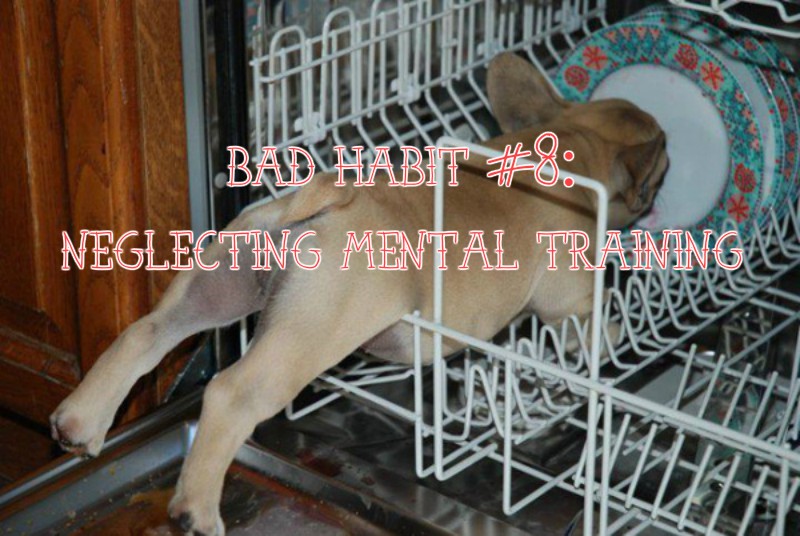
There are different ways to challenge your dog mentally. You can teach him new tricks. A dog’s mind is at work when it is trying to learn a trick. You can search the net for tricks that are easy for you to teach. You can also purchase doggie puzzles from pet supplies stores, get it to play Frisbee, or take it to run errands with you. These activities provide mental stimulation and allow you to forge a close bond with your pet.
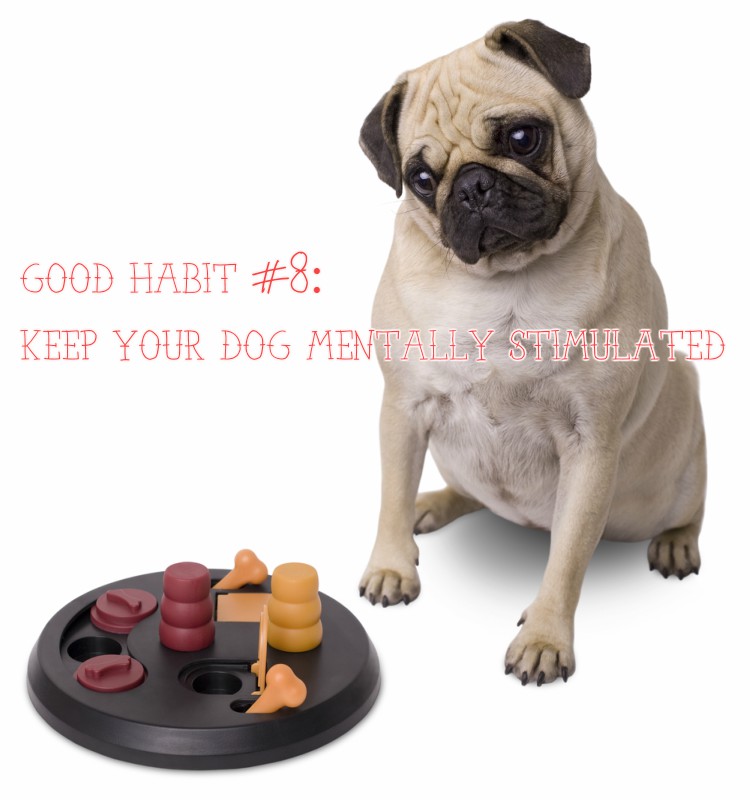
9. Not training your dog to be alone
With your work, chores, and social activities, it is inevitable to leave your dog alone at home. However, being alone for long hours can give your dog anxiety and encourage it to develop destructive habits. What you can do about this is to train your pet to be alone. It is important to do this gradually, progressing from an hour to a couple to a few more.
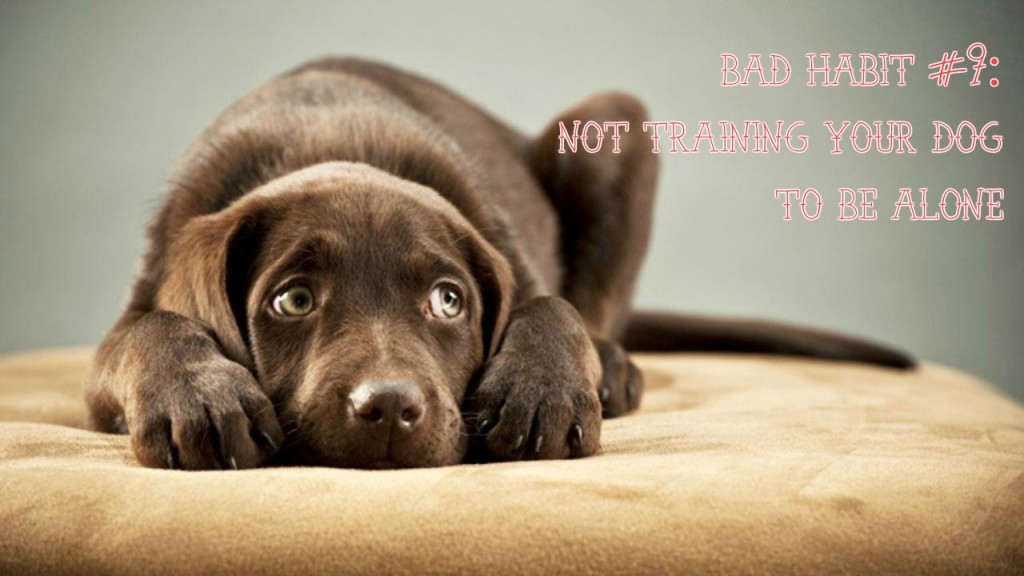
A dog must be trained to be away from its human gradually. This can be done by teaching it to self-pacify. You can start off by putting it in a crate or leashing it to a post a few feet away from you. Gradually increase the distance and the time that you are away from your pet. It is also ideal to leave your dogs with toys to keep it busy while you’re away. Never leave your dog alone for more than 12 hours. Instead, leave it in a doggie day care or hire a dog sitter.
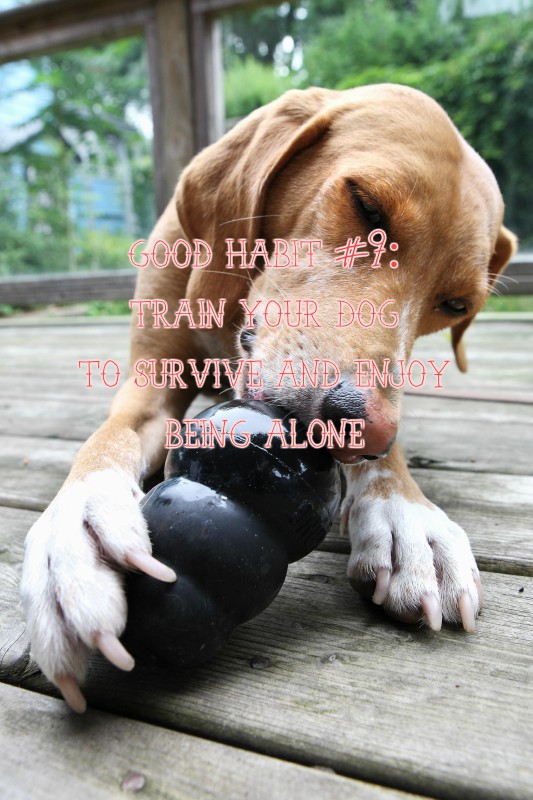
10. Getting a dog unprepared
Getting a dog is not a spur-of-the-moment decision you should make. There is an ample amount of preparation required before you must get a dog. Make sure that you and your family are willing and prepared to adjust to the changes that come with owning a dog. You must allot time for feeding it, giving it baths, training it, and bonding with it. This is a fact with which everyone at home must be on board.
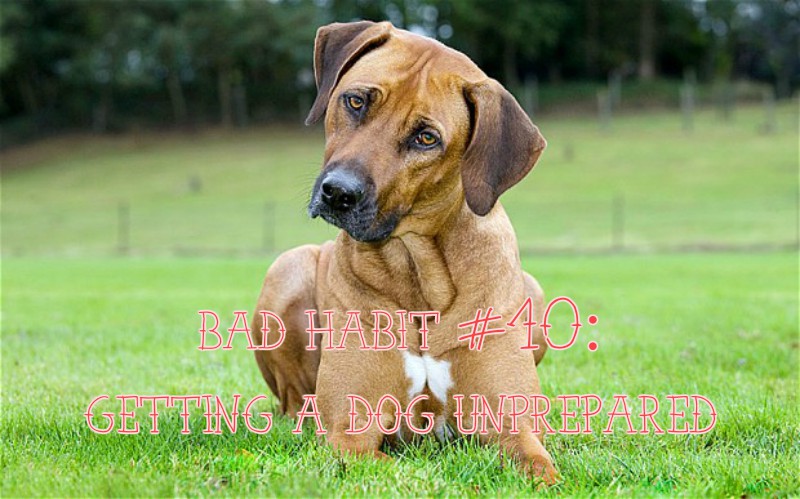
Preparing for dog ownership also requires that you prepare your home. The dog has to have its own space for its routine activities such as sleeping, eating, and playing with its toys. It must also have a place to relieve itself. There should be enough room for its physical activities, whether indoors or outdoors. The preparation for owning a dog may sound too tedious, but the rewards of having a happy dog at home are well worth it.

